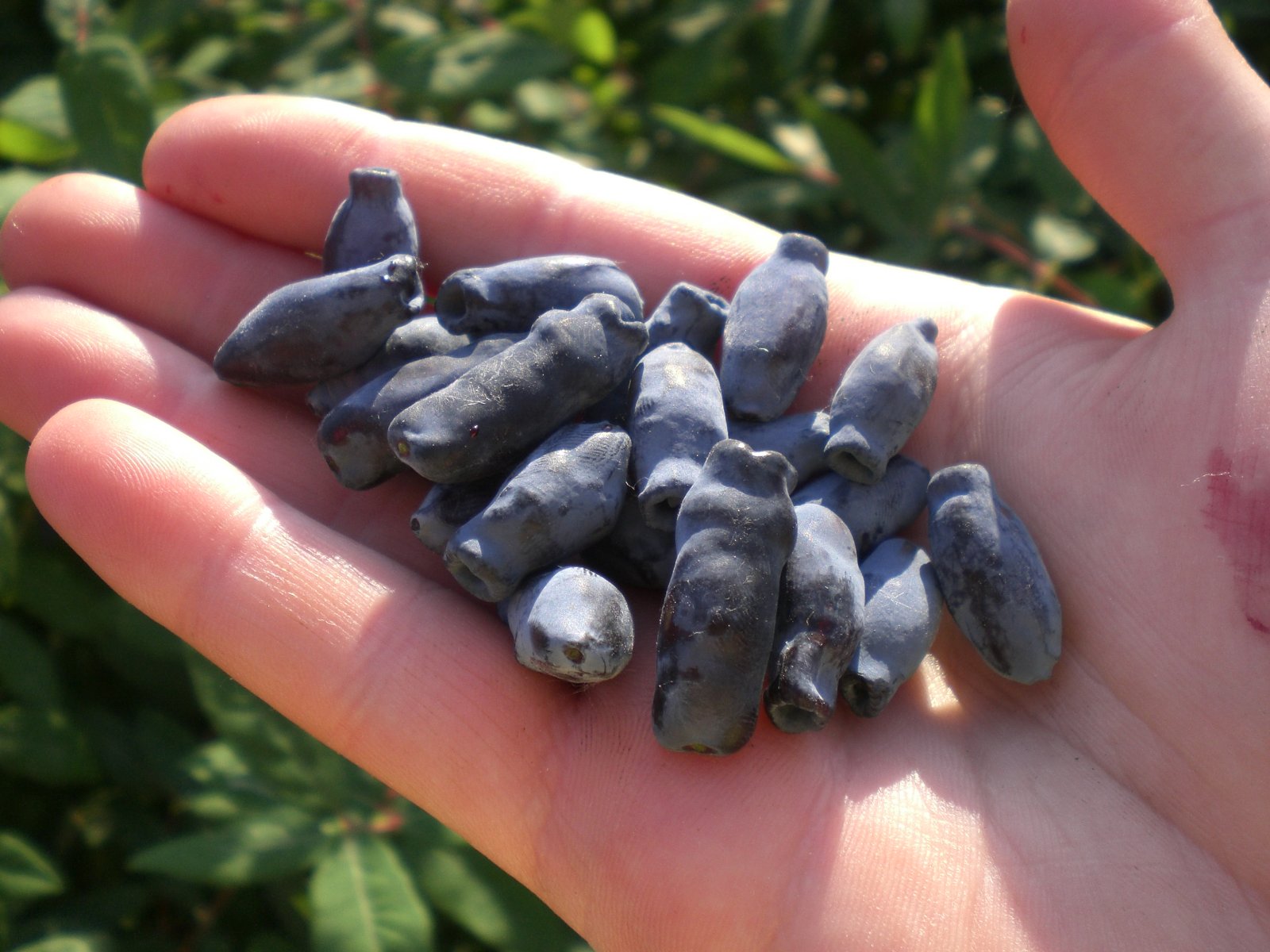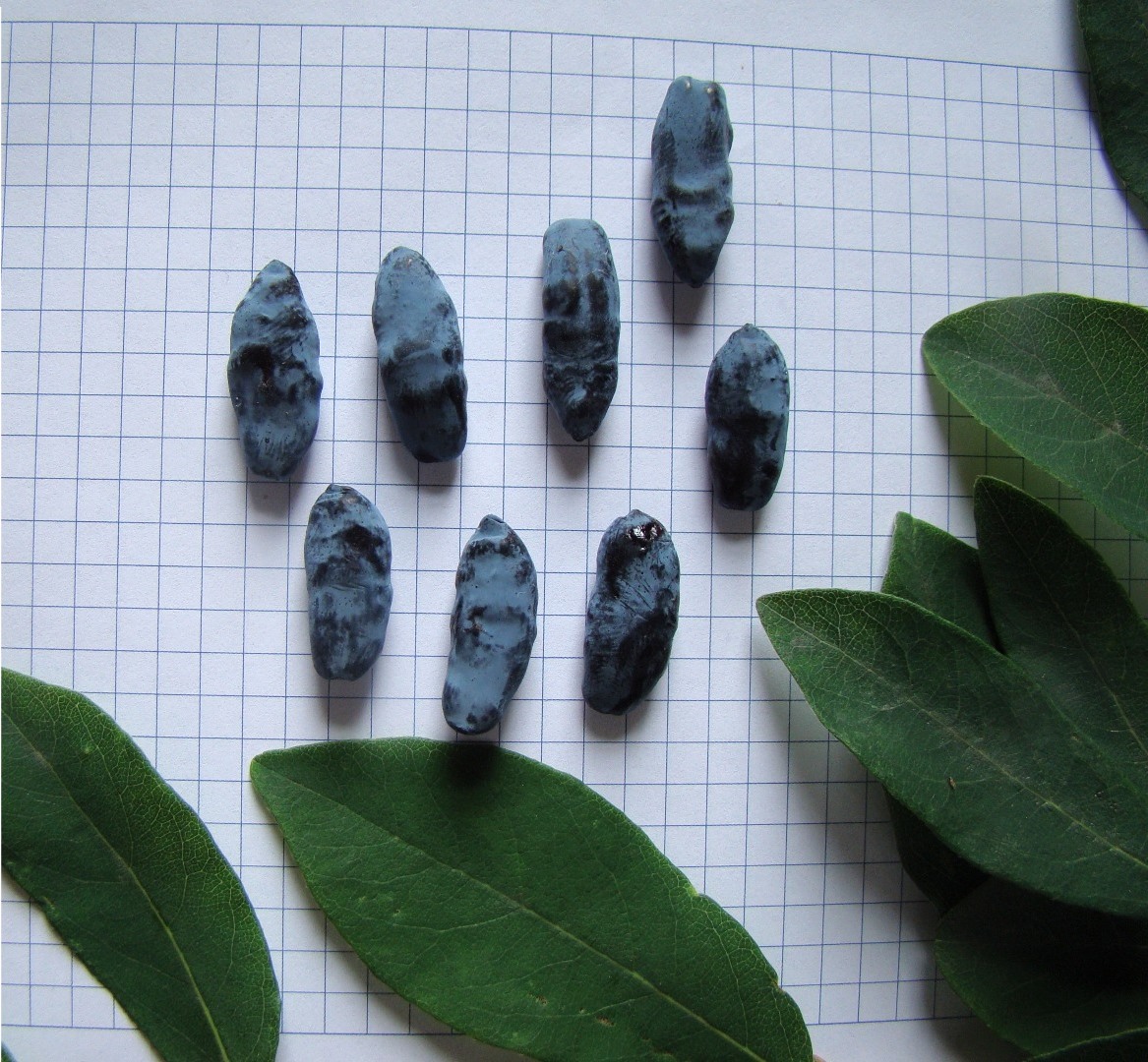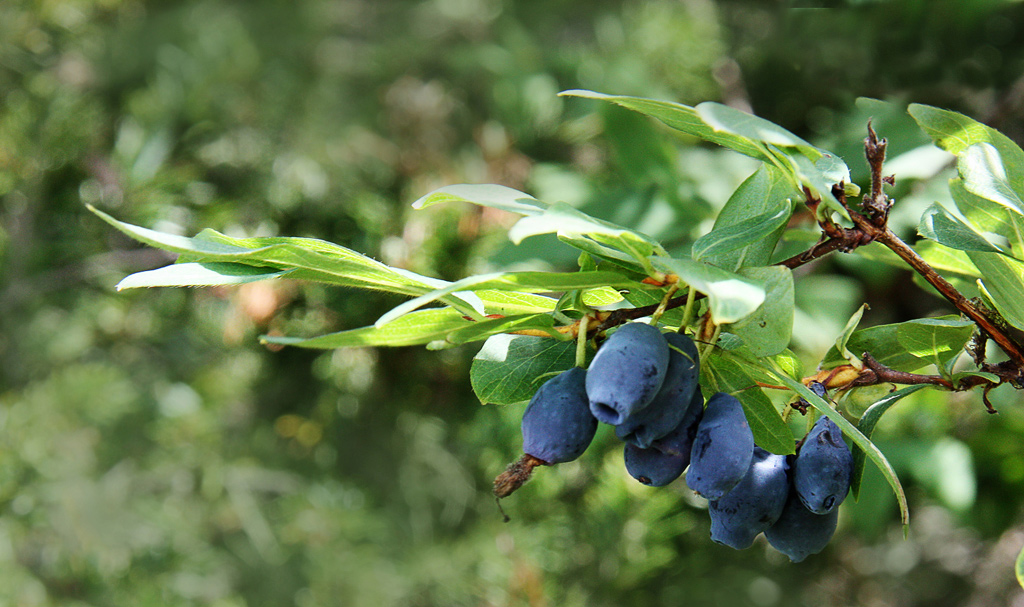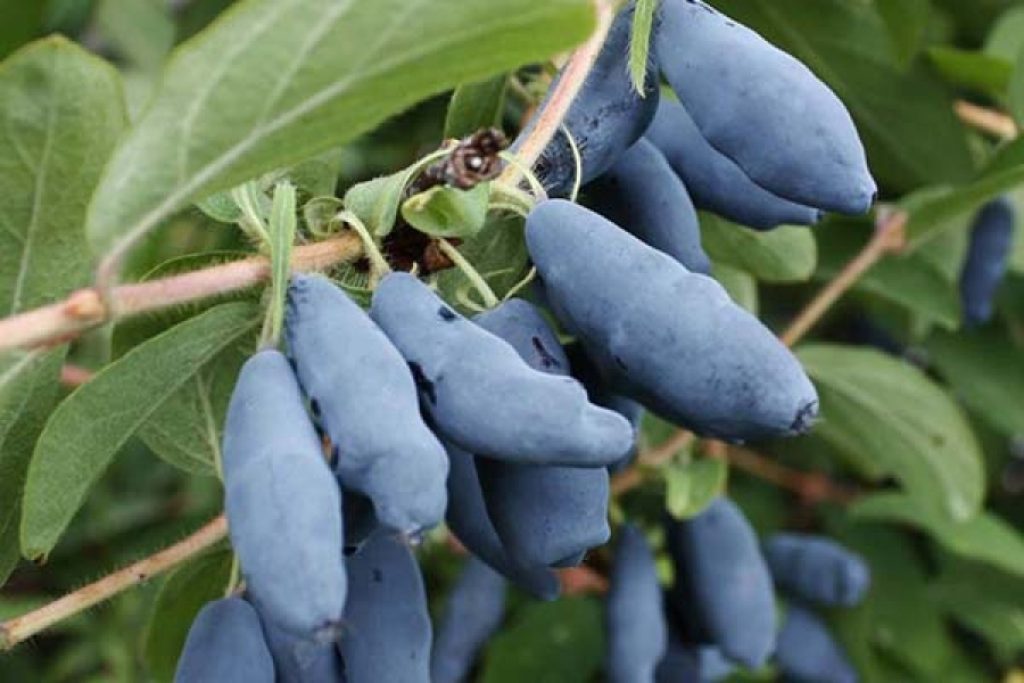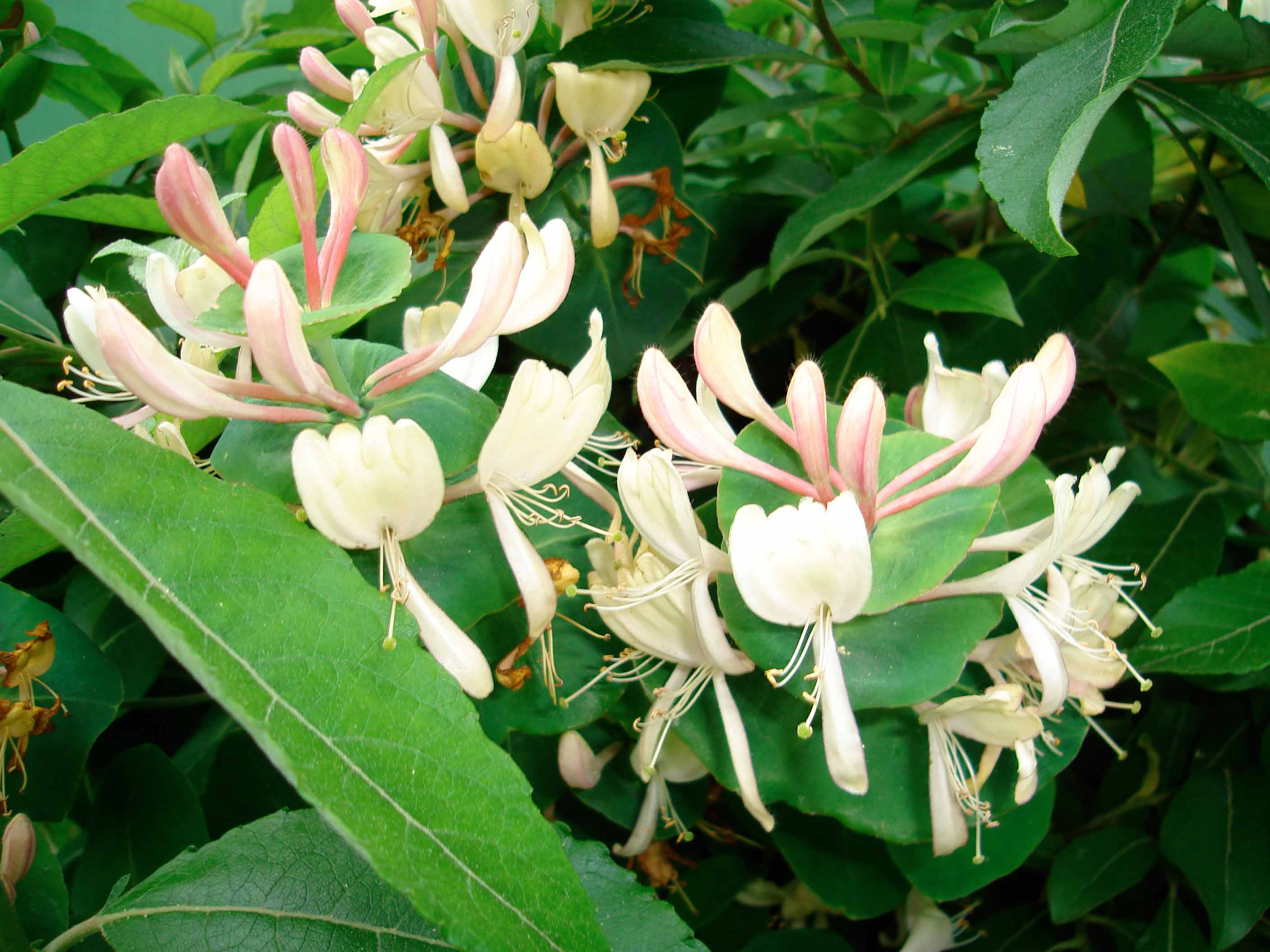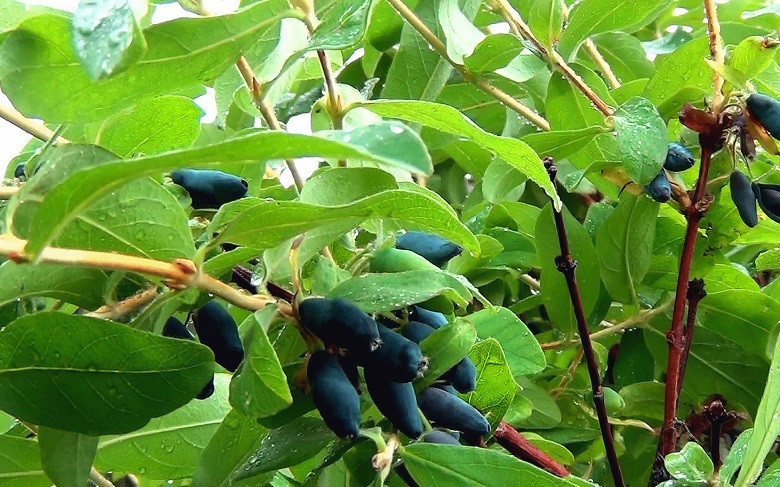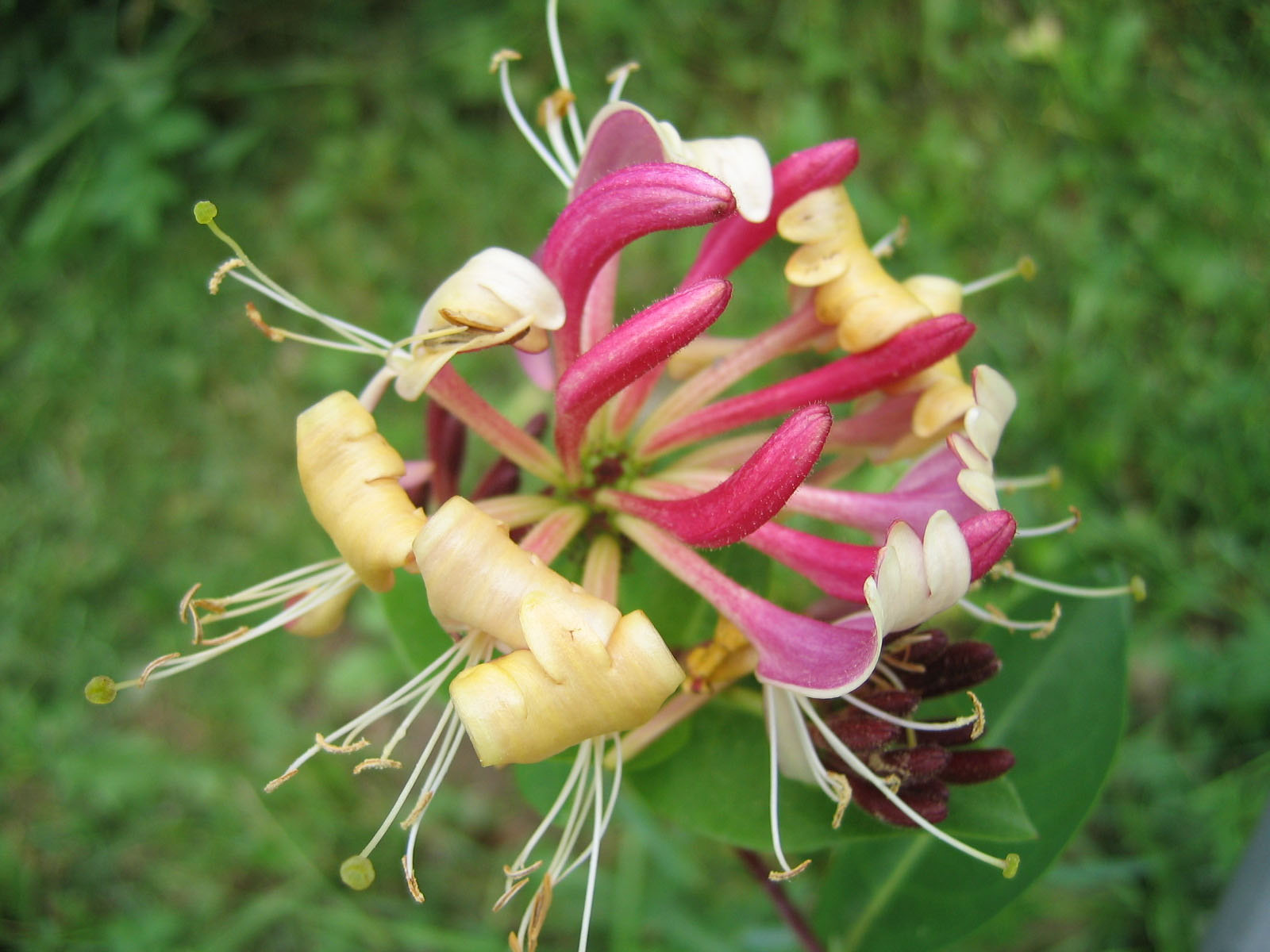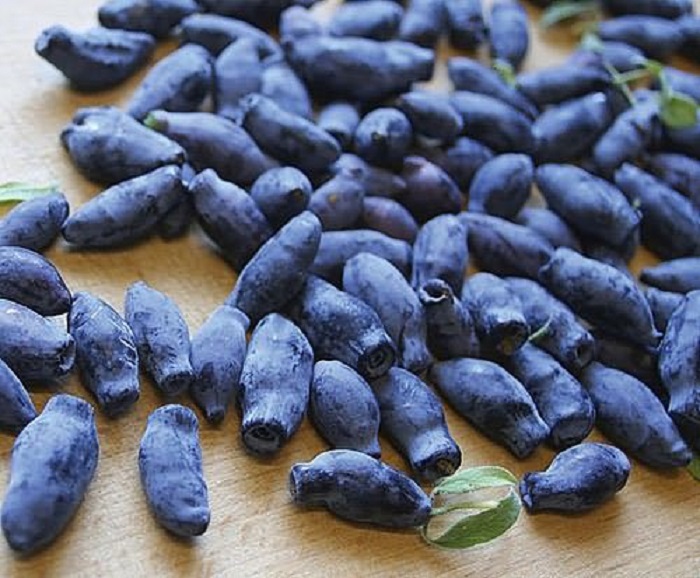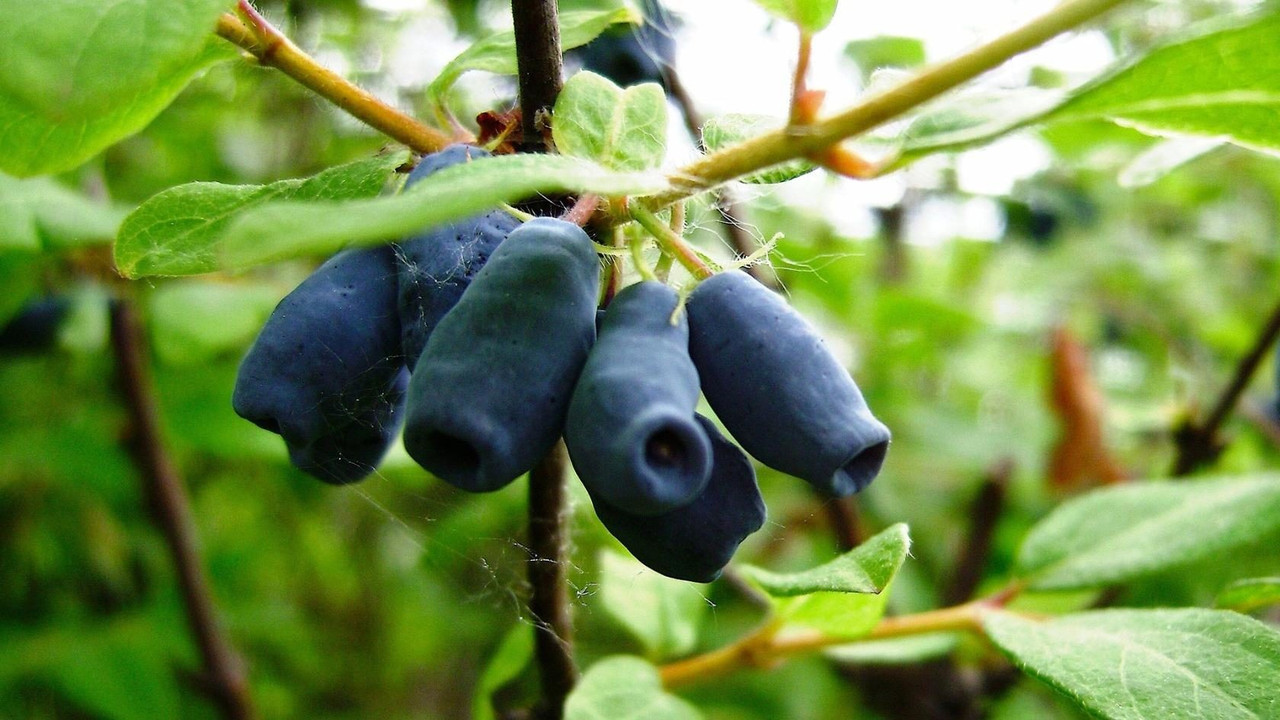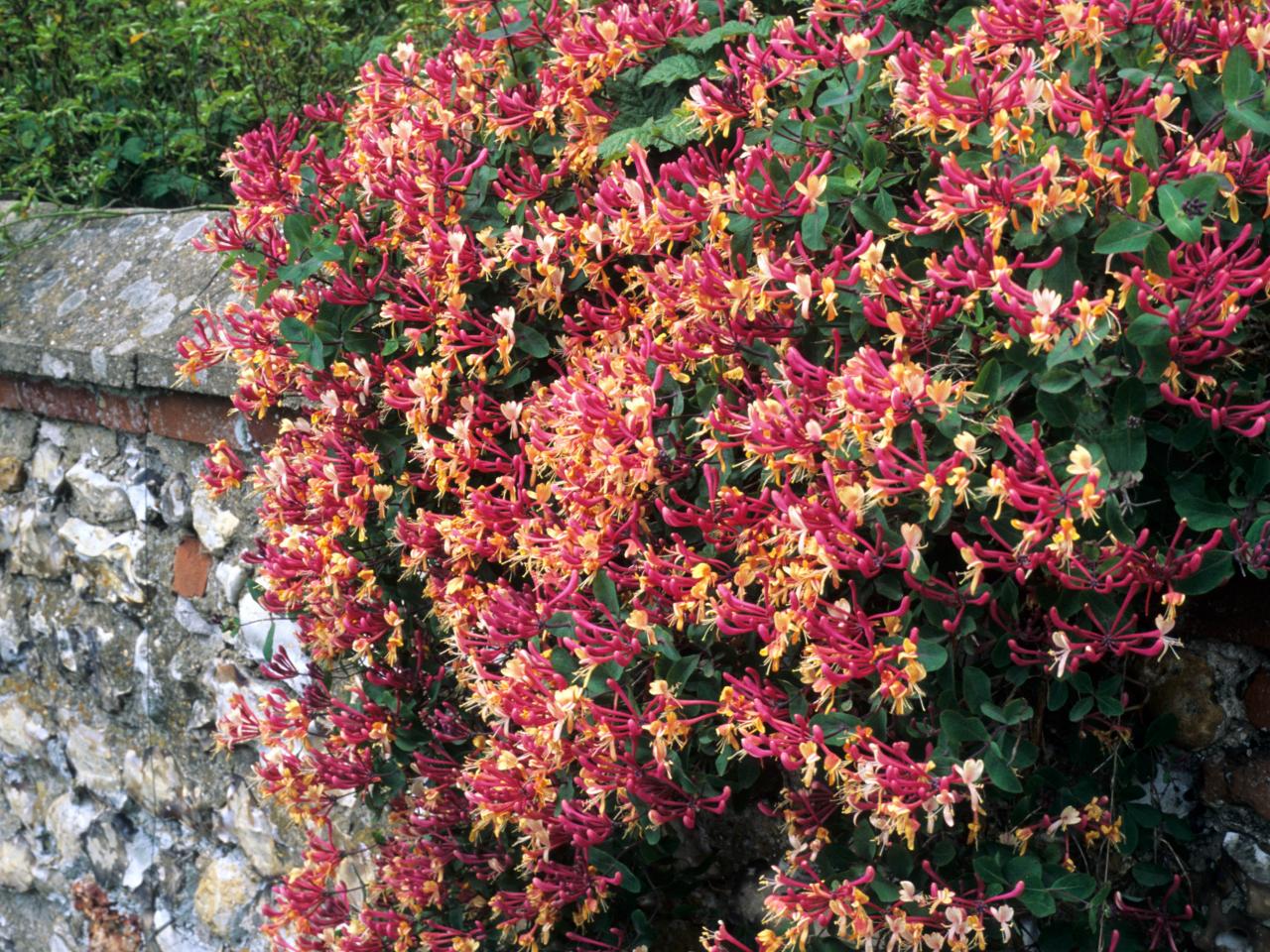Content:
Agriculture is developing at a rapid pace, offering new hybrid varieties for cultivation. Thanks to the efforts of breeders, gardeners have become available to various plant crops that have long grown only in the wild. Such a culture includes honeysuckle. The variety of its varieties is quite rich. Berries, growing in the wild in the near future, were considered life-giving, with tremendous beneficial properties. People still call them “berries of eternal youth”. The honeysuckle variety Kamchadalka has won special respect of agronomists.
The history of the creation of the variety
There are several stories of breeding the Kamchadalka variety. According to one of them, this species was created at the Bachkar Institute named after Lisovenko M.A. in Barnaul with the support of the northern horticulture of Siberia. The variety was bred in 1984 by Soviet breeders I.K. Gidzyuk and A.T. Tkachev. Free pollination of honeysuckle growing in Kamchatka, which had increased frost resistance, took place. After 10 years, this variety has spread en masse across all regions of the country.
According to another version, the variety was bred by Soviet breeders Z.P. Zholobova, I.P. Kalinin and Z.I. Archer. They named the species Cinderella, as she turned out to be very "hardworking", giving an excellent harvest, regardless of the region of growth. Scientists entered it into the State Register in 1991. The variety was recommended for cultivation in the regions of Siberia and the Urals.
Variety characteristics
Description of the Kamchadalka honeysuckle variety presents it as a bush with a rather narrow and long crown, reaching a height of 1.6 meters. The crown is formed by mid-spring. Shoots are small, but thick, light green, leaves are faded green, narrow and elongated, oval in shape. When exposed to direct sunlight on foliage, a characteristic feature of honeysuckle is formed - an anthocyanin strip. Fruiting of the shrub occurs 3-5 years after planting.
The buds are located at the ends of the branches. During the flowering period, small asexual flowers of a light yellow shade appear in the inflorescences in the amount of 2 pieces, which bloom for only 1 day.
Depending on weather conditions, fruiting occurs in May-June. The berries are rather large in size, oblong in shape, can reach 2.5-3 cm in length, the weight of the berry is about 1 g. There is a small wax coating on each fruit. A shade of violet blue. The consistency is quite juicy, with a sweet and sour aftertaste and a very rich aroma. The berries rarely fall off the bush, which can cause some difficulties during the collection process. Taste properties, depending on the region of growth, are estimated by agrarians on a 5-point scale on average from 3.5 to 4.5 points. Delicious preserves, jams, compotes are obtained from the fruits, they are subject to freezing. The yield does not differ in high volumes and is up to a maximum of 2 kg per bush.
Honeysuckle Kamchadalka is rich in vitamins, its fruits contain amino acids, vitamin C, B1, fiber. Due to this, it has become widespread in folk medicine as a means of lowering blood pressure. In addition, the berry has a diuretic property and a tonic effect for the whole organism as a whole, regulates the intestinal-digestive tract.
The characteristic of the variety indicates high frost-resistant properties - the shrub can withstand frosts down to minus 40 degrees.He is not very picky about care, watering, is rarely affected by pests and is sick.
Attention! Even if Kamchadalka suffers from severe frosts, its recovery period is very fast, and in the spring, due to new shoots, it will bear fruit.
Kamchadalka during the flowering and fruiting period has a very attractive appearance, respectively, many planted it in the garden, among other things, for decorative purposes.
The disadvantages include the fact that for fruiting it is important that other varieties of honeysuckle are present nearby, for example, Blue Spindle, Roxana, Iksa, Amphora, Tomichka. The pollinator (bees, wasps, bumblebees) transfers pollen from a variety of one flower to another.
Important! When purchasing Kamchadalka, it is worth considering the fact of infertility and immediately acquiring additional varieties that will grow nearby.
Advantages and disadvantages of the variety
The advantages of the variety:
- The most important advantage of Kamchadalk's honeysuckle can be identified - high frost resistance, which allows it to be grown in absolutely any region of Russia, from Krasnodar Territory to the Siberian region and the Urals. Harvesting is guaranteed everywhere;
- Berries contain a large amount of useful amino acids and vitamins;
- The possibility of using shrubs for decorative purposes;
- Excellent taste properties of berries;
- Standard care.
Disadvantages of the variety:
- for fruiting, the presence of other varieties of honeysuckle is required in the immediate vicinity;
- the harvest does not differ in special volume;
- fruits are small enough and light in weight.
Features of care
Honeysuckle Kamchadalka, possessing good frost resistance, is intended for growing in temperate and northern regions. In the southern regions, the shrub can bloom again in the fall, but its buds will be weak and diseased. If frosts hit at this moment, the next year the yield will be minimal.
On a note. During the flowering period, Kamchadalka can withstand frosts down to minus 5-8 degrees.
The site for planting crops is chosen sunny, as far as possible protected from the winds. The ideal place is to land near fences. It is recommended to plant seedlings in the autumn, since the first buds appear quite early in the spring. In the northern regions, planting work should be organized a couple of weeks before the 1st frost, in the southern ones - in late September-early October.
For planting seedlings, it is worth giving preference to 2-year-old shoots, reaching a height of up to half a meter, with a slight branching (3-4 branches). The branches should be free of visible damage and disease and have several buds, with a sufficiently developed closed (in a container) root system.
Before planting, it is recommended to fertilize the soil by adding crushed chalk, dry lime, dolomite flour at the rate of 50-60 gr. for 1 sq.m. The soil is carefully dug up.
Since the shrub grows rather quickly, holes of 50 by 50 cm are placed at a distance of at least 2 meters from each other. At the bottom, you can put crushed stone, fine gravel, which will act as a drainage layer. Mix the soil with 50 gr. superphosphates and 800-900 gr. ash.
Pour a bucket of water into the hole, place a seedling in the center, spread the root system evenly, sprinkle with prepared soil. Without deepening the root collar by more than 2-3 cm, pour again with a bucket of water, mulch the soil around.
Important! After planting, you do not need to cut anything on the shrub so as not to slow down its development. The exception is weak, damaged and diseased branches.
Honeysuckle Kamchadalka is unpretentious in care, but in hot summer time it requires watering 2 times a week at the rate of 2 buckets per bush. After the water has been absorbed, the soil is gently loosened so as not to damage the roots.
The first couple of years the variety does not need feeding, then it is recommended to use wood ash as fertilizer during the flowering period at the rate of 250-300 gr. on the bush.Ash is scattered evenly over the surface of the earth around the bush, watered abundantly with water, and then the soil is loosened.
Every spring, with the arrival of the first warm days, dry and damaged branches are removed by pruning. And once every 7-8 years in the fall, after all the foliage has fallen, it is required to remove all old branches, this will increase the fruitfulness of the bush.
Kamchadalka is rarely affected by pests. Aphids may be an exception. To combat it, a fungicide solution is used (300 grams per 3 liters of water), which is abundantly sprayed with a shrub before the first buds appear.
Honeysuckle Kamchadalka does not require specific care. Good frost resistance is a big plus, its edible fruit is very useful and rich in vitamins. The disadvantages include uneven fruiting, the crop is harvested 2 times per season in small quantities, since the fertility is at an average level. Also, the infertility of flowers causes some confusion for novice gardeners who are afraid of difficulties. But, having tasted the fragrant fruit once, in the future it is no longer possible to resist it. Agrarians respect Kamchadalka, and experienced gardeners give it only positive reviews.
